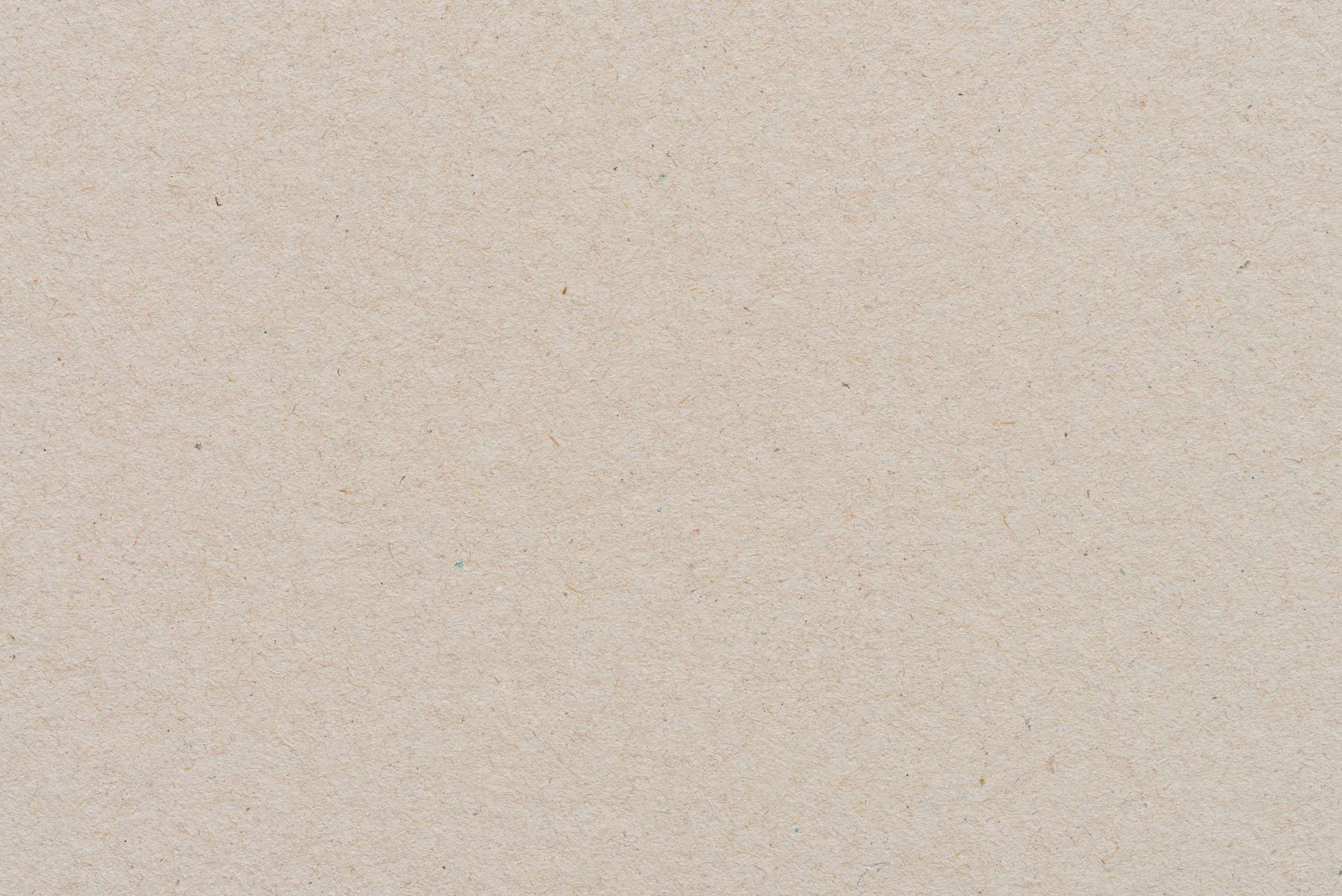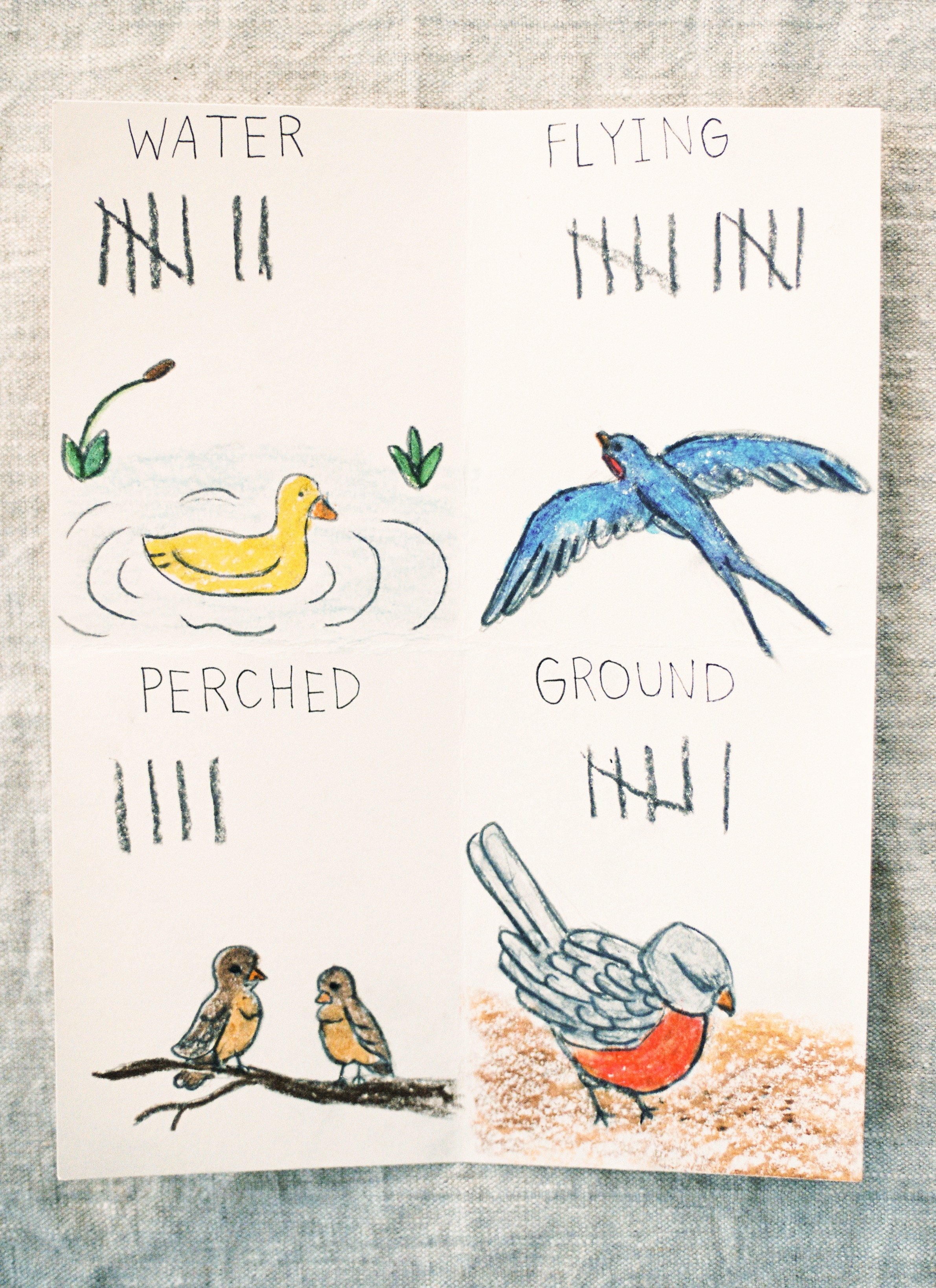
I Spy Birds
LESSON 1
Children learn different ways to find birds and then go outside to find birds and practice being a birdwatcher.
The book “How to Find a Bird” by Jennifer Ward
Blank paper
Pencil or crayon
Clipboard
Real or pretend binoculars
Craft Binoculars (optional):
Two empty toilet paper rolls for binoculars
Craft paint or paper
Paintbrushes
Glue sticks
Hot glue gun
Single hole punch
Twine or ribbon
Materials
Familiarize yourself with different areas in your neighborhood where you might see birds. Think about places that have groups of trees, ponds, or bushes.
Gather materials
Preparations
Facilitate discussions and inquiries about birds, encouraging curiosity and critical thinking.
Encourage language development by asking questions and facilitating a discussion during the story, and when children make observations about birds.
Provide opportunities for creative expression through binocular crafting.
Encourage outdoor exploration to foster a connection with the natural environment, especially through the joy of birdwatching.
Objectives for Teachers
Children activate curiosity and inquiry by asking and answering questions about the book and making observations about birds in the natural world.
Children expand oral language skills by discussing characteristics of birds and answering open-ended questions.
Children engage their senses while looking for birds.
Children practice fine motor skills by folding paper for the scavenger hunt and using a pencil or crayon to draw birds they find.
Objectives for Children

Collect and Connect
Come up with actions to the song, “Little Bird on My Window” and sing it together.
Little Bird on My Window
Little bird on my window,
Won’t you sing me a song?
As you fly over meadows,
Won’t you bring me along?
There are beautiful flowers,
To be seen from up high,
Won’t you please take me with you,
Little bird as you fly.
Little bird on my window,
May your song never end,
I will tell you a secret,
You're my very best friend.

Activity Flow
Begin by showing children the book “How to Find a Bird” by Jennifer Ward. Consider asking questions like:
What do you know about birds?
What kind of birds have you seen?
What do they look like?
Is there anything you wonder about birds?
2. Before reading the story, tell your child that this story will help us learn how to find a bird. Encourage them to pay close attention and see if they can discover how to find a bird. After reading the book, facilitate a discussion:
What should you sound like when looking for birds?
Where should you look?
Are all birds found in the same place?
What places can birds be found?
3. Introduce the activity by telling your child that they will be going on a nature walk to look for birds. During our nature walk to find birds, you'll be documenting your bird sightings on paper. When you spot a bird, you will pause, and mark if it's flying, perched, floating in water, or on the ground.
4. Take a blank sheet of paper and demonstrate folding it into fourths. Assist your child in doing the same. Each box will be designated for drawing or marking the bird's location—whether it's flying, sitting, floating in water, or on the ground.
5. Before heading out, help the children choose a pencil or crayon and carry their paper, either in hand or attached to a clipboard. Encourage them to bring binoculars if you have a pair or made some.
6. Head outside and have fun looking high and low for birds. When you spot a bird, have the children draw or mark it in the designated section of their paper.
7. Once you're back home, initiate a discussion about the children's observations. Pose open-ended questions such as:
Where did we spot the most birds?
Can you describe what the birds looked like?
What did you notice about the birds we found?
If you were a bird, what would you do?




